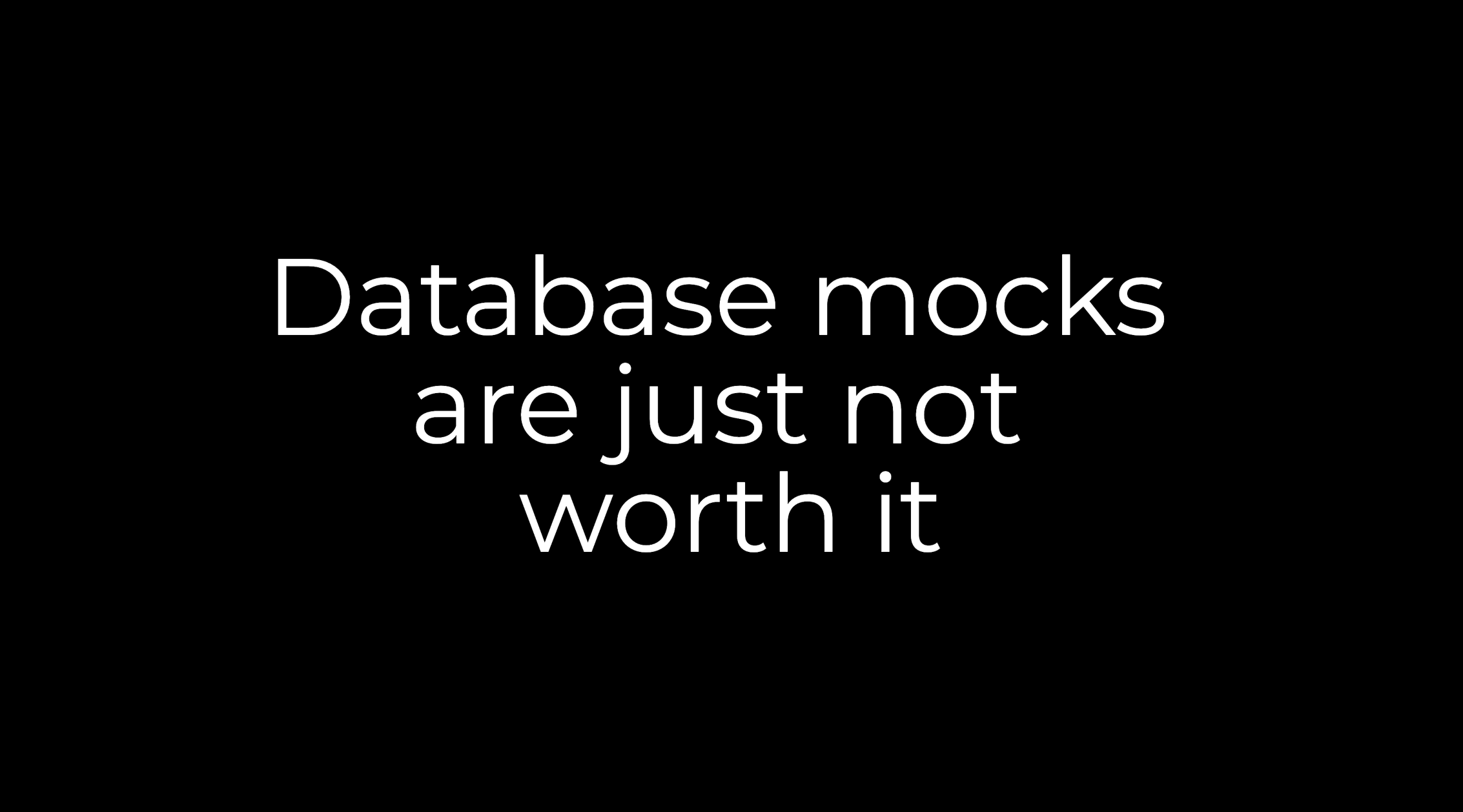20x Faster PostgreSQL Hash Partitioning: Bypassing Catalog Lookups

PostgreSQL's hash partitioning incurs catalog lookup overhead in high-throughput applications. This article presents an optimization technique that bypasses PostgreSQL's catalog lookups by pre-calculating partition indices in the application layer. Using the Ruby gem `pg_hash_func` or directly calling PostgreSQL's hash functions can speed up queries by more than 20 times, significantly reducing latency. This approach is suitable for performance-critical scenarios and offers more choices in balancing simplicity and performance.
Read more



